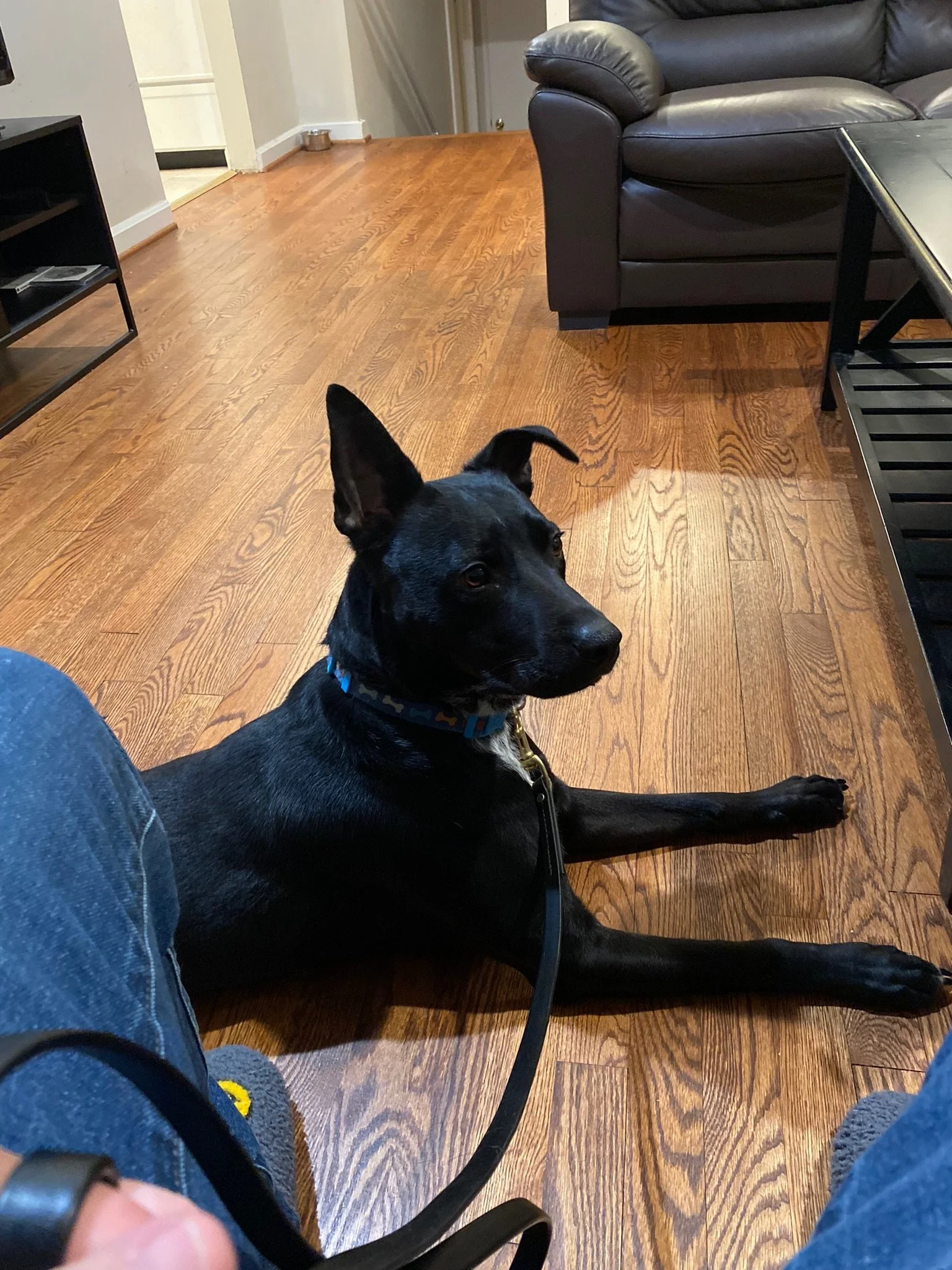Bringing a new puppy or dog into your home comes with responsibilities that extend beyond basic training and care. One crucial aspect is preparing them to be physically handled by various people—not just yourself, but veterinarians, groomers, and dog trainers.
By introducing your furry friend to different forms of physical handling from an early age, you can foster resilience and trust and reduce stress and anxiety throughout their lives.
Here are some essential tips and techniques for handling your new puppy or dog to help them become comfortable with necessary grooming, training, and medical procedures.
Start With Gradual Introductions
Start by introducing your puppy or dog to gentle handling in a calm and controlled environment. Begin gently touching their ears, paws, tail, and other body parts, rewarding them with treats and praise. This helps them associate positive experiences with physical touch and prepares them for future physical contact with people.
Practice Paw Handling
Regular nail maintenance is essential for dogs, and acclimating your pup to this process early on can help them get used to this practice.
Gradually expose them to the sound and sensation of nail clippers while rewarding them at each step. Practice holding and handling their paws for extended periods, gradually increasing the duration. This helps your dog become accustomed to slight discomfort and promotes compliance during grooming sessions.
Eventually, you should be able to trim your dog’s nails or have a groomer or vet trim them without your pup becoming stressed or anxious.
Use Gentle Restraint Techniques
Teaching your puppy or dog to tolerate gentle restraint is crucial for veterinary visits, administration of medication and injections, or any necessary medical procedures.
Start by gently holding them for short durations and reward them with treats. Gradually increase the time spent in this position. Associating restraint with positive experiences helps them understand that cooperation leads to reduced stress.
Never force your dog to be restrained—this can lead to injury for both you and your animal and may frighten them, making them more anxious to be restrained in the future.
Create Positive Associations With Equipment
It’s not unusual for dogs to be fearful or anxious about unfamiliar equipment such as grooming tools, medical devices, and even collars and leashes. Introduce these items gradually, allowing them to sniff and explore them before attempting to use them on your dog.
Pair the presence of these tools with rewards, ultimately creating positive associations, reducing anxiety, and promoting compliance during their use. You can gradually work up to using these items on your dog. For example, start with a couple of gentle brush strokes with a grooming brush and then reward your pup with treats.
Other Tips When Getting Your Dog Used to Physical Handling
Start early. Whether you’re adopting a puppy or an older dog, start helping your pup get used to physical handling as soon as possible with gradual introductions.
Be patient. New things take time to get used to. Remember to be patient, use positive reinforcement, and take things slow when getting your dog used to physical handling.
Stay consistent. Through consistent training, you help your dog understand that temporary discomfort can be alleviated through trust, compliance, and the reassurance of familiar handling methods.
Remember, initial stress or discomfort experienced during training will result in long-term benefits, ensuring a calm and cooperative dog during grooming, vet visits, and other necessary procedures.
Get More Tips From Nova Pack Dog Training
Preparing your new puppy or dog to be physically handled and tolerate a small amount of discomfort is vital to their well-being. By implementing these tips and techniques early on, you can establish a foundation of trust and comfort. Get more physical handling tips for your new puppy or adult dog by booking a consultation with Nova Pack Dog Training today!




